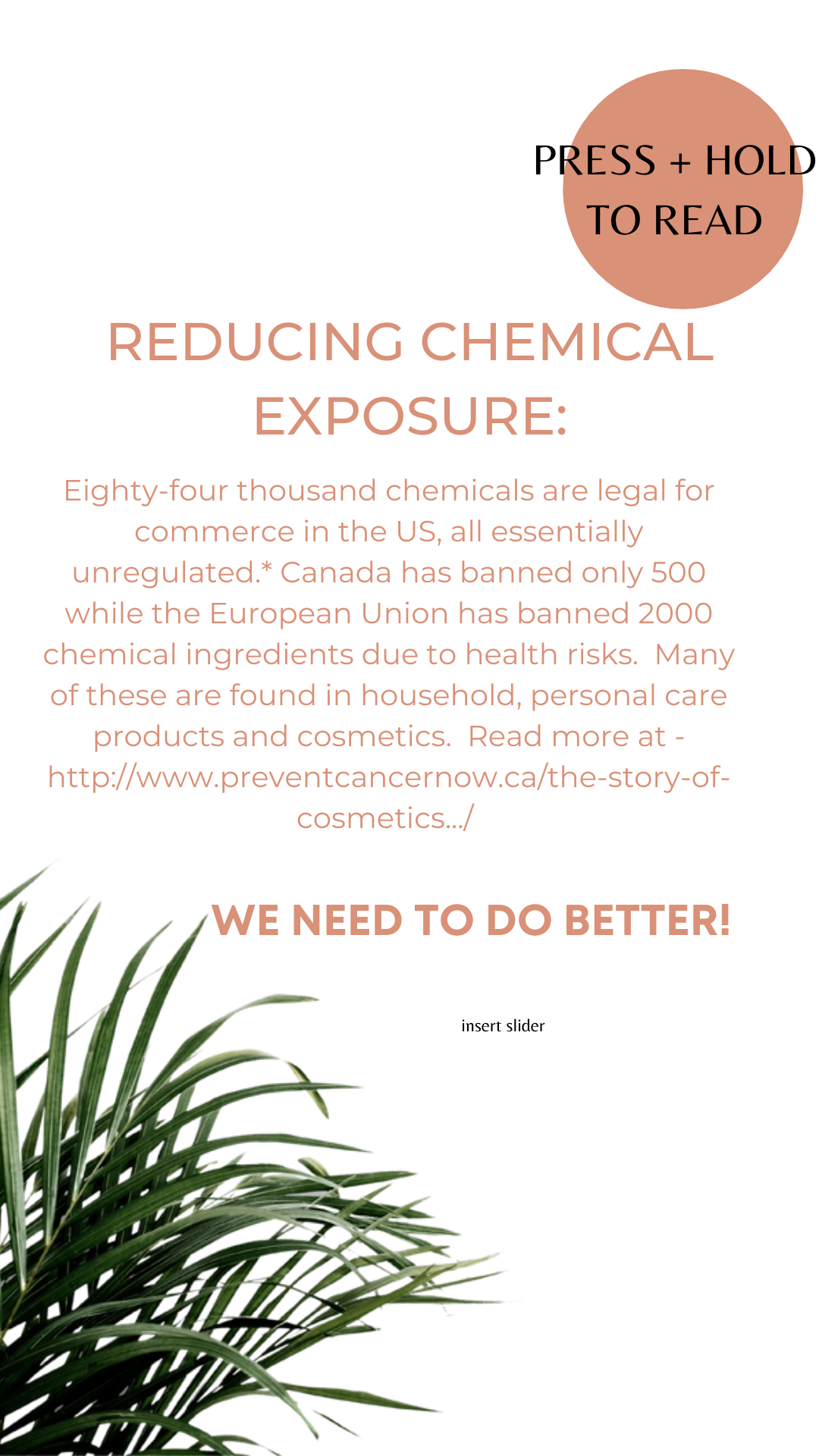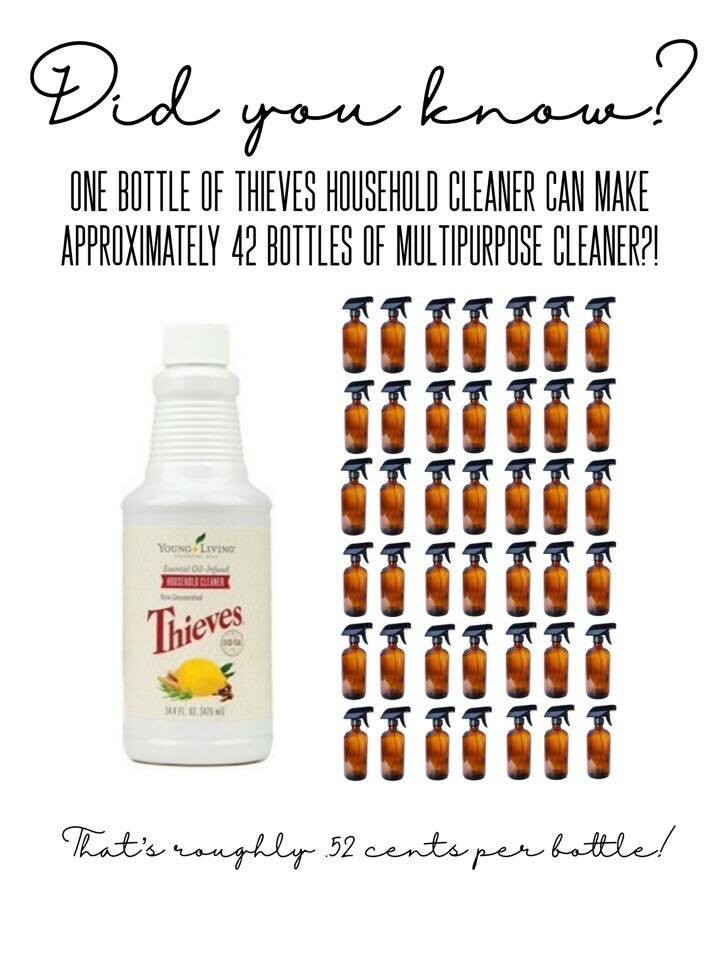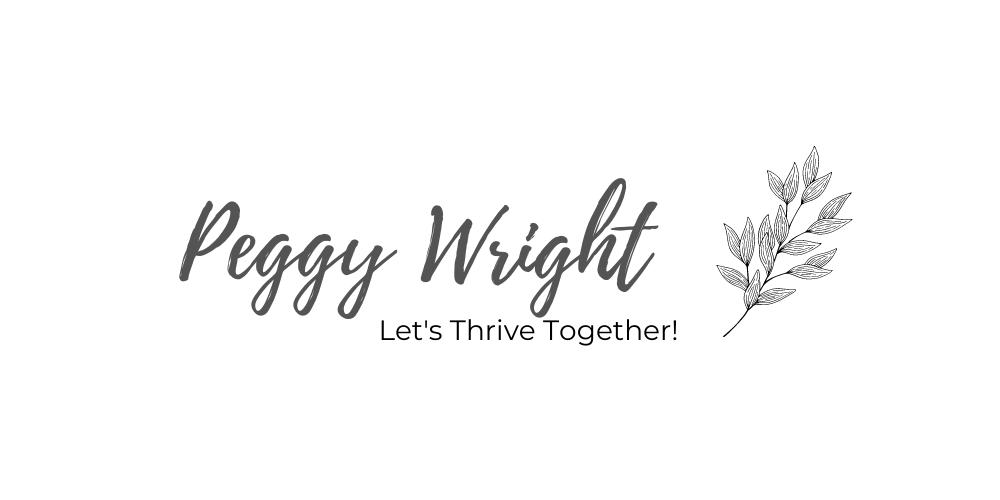My family has been on a long journey to ditch harmful chemicals and toxic ingredients from our personal care and household products and we are seeing the benefits in our health!
My friend Kimberley has shared her research on this subject, motivated by her desire to have a healing home. I'll let her own words tell her story:
"This topic is one near and dear to my heart. I have been concerned and wary of the chemicals in my home since 2008 when one of my sons was diagnosed with a brain tumour. I asked his neurosurgeon (who was also a researcher) how could this have happened and if it was from the cleaning chemicals we used. She hesitated and said, 'We don’t have all the science to give you a definite answer on that question.' The way she answered I knew that there was more she wanted to say. I also knew she had two small children at home. I asked her what cleaners she used in her own home and she said vinegar and baking soda. That was a turning point for me. We threw out all our cleaners and we have been trying to lessen the chemicals we use in and around our family ever since. Nine years later my son’s brain tumour has not returned and he is doing great!"
Kimberley McGibbon is one of my Young Living teammates and continues to inspire me to 'think clean' and ditch chemicals. My family has been growing into natural personal care and cleaning solutions for the last 10 years. We have become increasingly aware of the chemical load placed on our bodies through commercial products that can increase allergies, disrupt hormonal balance, and create a stressful environment for learning and growth.
Want an easy button?
Young Living has made a commitment to use only natural plant and whole food ingredients in everything they produce. And they are committed to environmental stewardship and exceptional care for all workers from field to office. They even started a foundation to provide extra support for the communities where they plant and distill around the world. They have earned my respect.

For those of you that want the details, let's look at how to distinguish between products that harm and products that heal!
So, let's get educated on what to avoid in our shopping aisles.
+Chemical Fragrance:
Often just listed as "fragrance" or "parfum." Short term toxicity can include coughing, skin irritation, rash, wheezing, headaches, nausea, vomiting, and irritability. Long term toxicity can include cancer, lung disease, heart disease and reproductive disorders.
Found in: scented candles, perfumes, lotions, cleaning products and more.
+Triclosan:
Used in many formulations as an antibacterial agent to prevent or reduce bacterial contamination and registered as a pesticide by the EPA. Topical absorption of triclosan has shown disturbances to the endocrine system, and is believed to lead to birth defects and uncontrollable cell growth.
Found in: soaps, deodorants, cosmetics, shave gel, first aid spray, kitchenware and children’s toys.
+Phthalates:
A low cost endocrine disrupting chemical that in lab studies has shown to interfere with hormone production in rats and mimic estrogen in human studies.
Found in: plastic food packaging, lotions, skin moisturizers, fragrance, cleaners, glues and nail polish.
+Formaldehyde:
This is a known carcinogen and recognized as such by the Cancer Institute. Exposure can cause eye irritation, asthmatic response, skin irritation, headaches and nausea. Long term effects include cancer and possibly leukemia. Although products generally contain small amounts, when this chemical is used in many common everyday household items in addition to being present in our wood, sheetrock and furniture, our exposure adds up. To make things even more alarming, this isn’t an easy ingredient to find. The ingredient is often listed as it’s fragmented names Methanal, Formalin, Oxymethline, Urea, 1,3-Dioxentane, Quaternium 15, Methylaidehyd, Methylene Oxi, Formic Aldehyhy, Oxmethane F, Phenol Formal.
Found in: baby shampoo!, pet shampoo, shampoo and conditioner, body wash, sunblocks, cosmetics, baby wipes, toothpaste, some cleaners and more.
Not Sure About Your Products?
You can download an app called Healthy Living by Environmental Working Group that can help you assess the products in your home right now! These ingredients are hiding under fragrances you may have come to love. But once you stop using them, your body will be able to gradually clear out and repair the damage they have caused. I promise you won’t miss them, they’ll actually start smelling bad to you.
It's crazy that harmful products are allowed on our store shelves, but the power of choice has been left up to us.
Let's vote for health, people and planet with our dollars!

Let's vote for health, people and planet with our dollars!

For those of you that just can't get enough of this topic, check out a few more blog posts here:

Reach out to join my Facebook group 'Thrive with Essential Oils' or go to my homepage and sign up for weekly email tips or follow the prompts to create your own customized wellness routine.



0 Comments